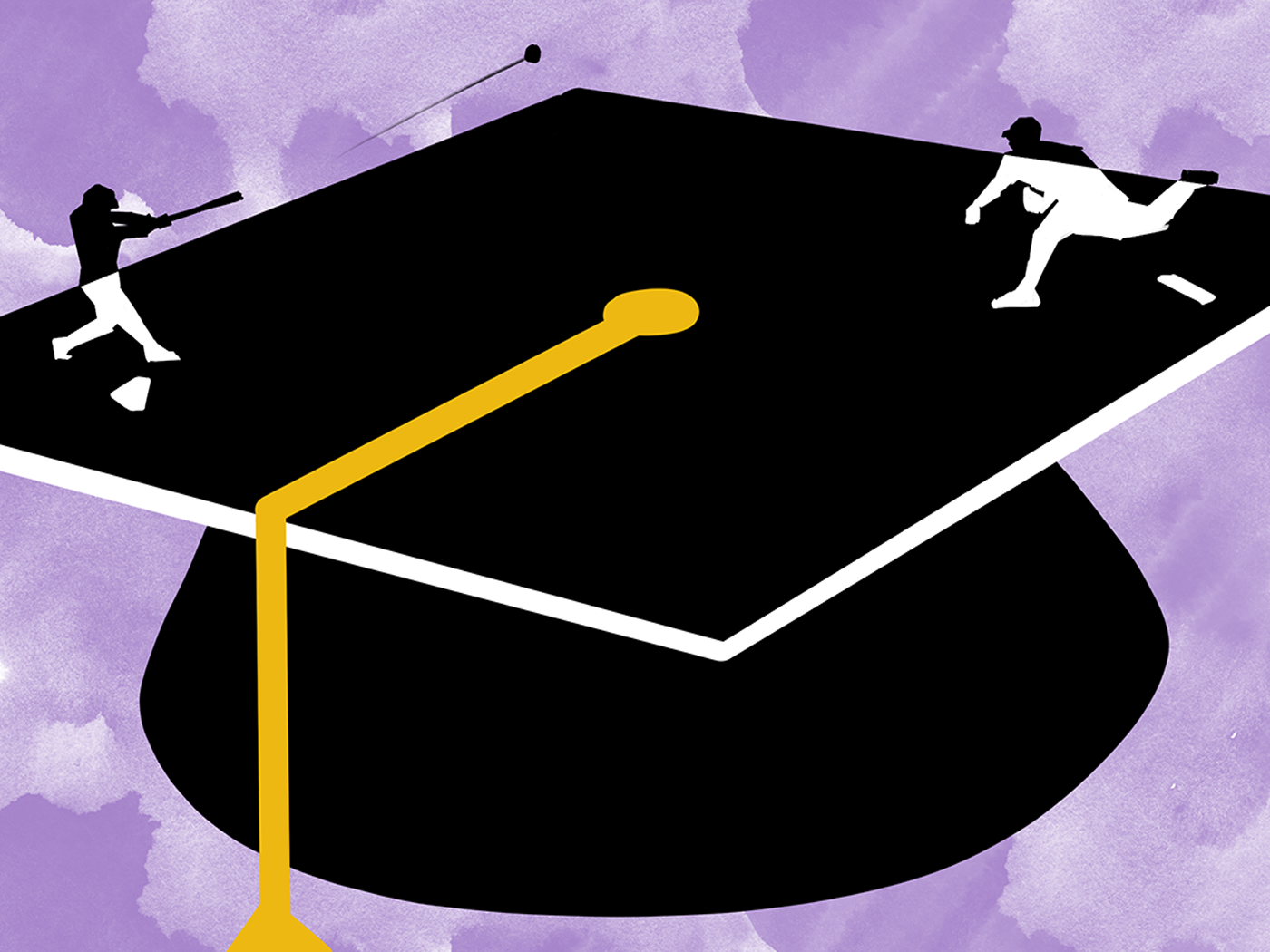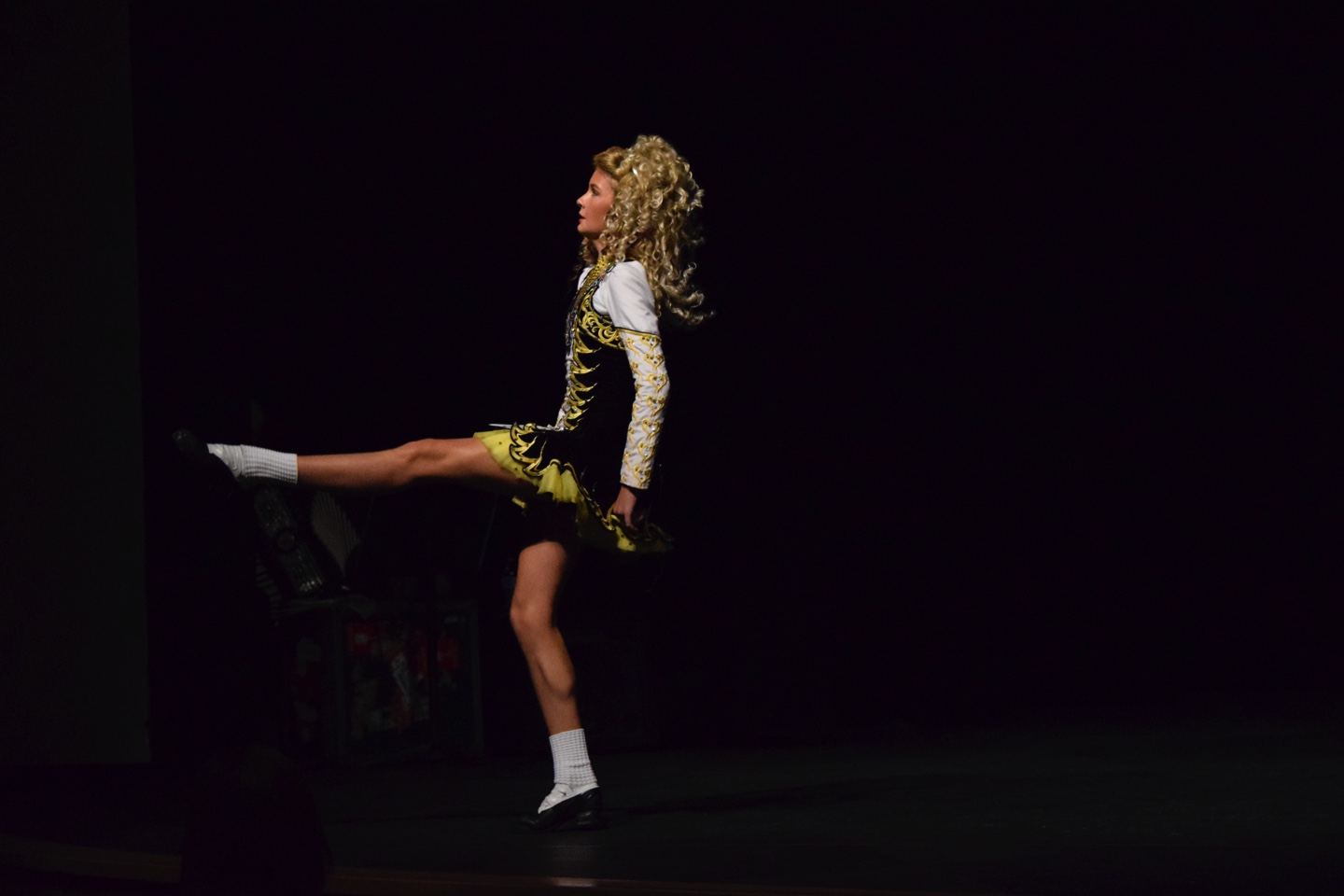Story by Eddie Zhou
Staff Writer
Illustration by David Sohn
Staff Illustrator
America’s youth is constantly reminded of the meritocracy of the American Dream — that a “nobody” can rise to the top by way of work and will. For high school athletes, this dream is no different, as tales such as Rocky and Rudy have encouraged thousands of students to climb themselves to the top by pursuing their sports beyond high school. Recently, SPHS sent nine students from the Class of 2020 to play college sports and although the coronavirus has shifted much of the athletic recruiting process’ landscape, the process continues to attract a multitude of athletes from across the nation.
The recruiting process begins with coaches compiling a prospective list of athletes from various sources such as recruiting sites, camps, showcases, and emails from coaches and athletes. Senior Anthony Felix, a UC Irvine water polo commit, made sure to catch the eye of coaches and scouts at his games.
“I made it a point to walk up to college coaches and introduce myself with the hope that my name might stick in their head or that they would remember me as the kid that didn’t shy away from putting myself out there,” Felix said. “On many occasions, I actually had college coaches come up to me after water polo games and ask who I was. To my surprise, this was how Brown University initially made contact with me.”
Felix also acknowledges the advice he received at a water polo camp as inspiration for his constant communication with coaches.
“The coaches told us that the ‘squeaky wheel gets the oil.’ Meaning, the biggest problem the colleges experience with players that are trying to be recruited is their lack of contact,” Felix said. “From then on, I kept my current recruitment opportunities alive, but I set out to email the college coaches at the schools that I really liked. Eventually, I had weekly/monthly correspondence with these coaches.”
The next step of the recruiting process involves an athlete evaluation. However, recruiting does not officially begin until coaches directly contact athletes and their families, whether it’s to watch athletes in-person or invite them on campus for visits. Such visits allowed Gianna Beasley — a UC Berkeley freshman and track athlete — to explore the campus and atmosphere of the schools from which she received offers.
“I had offers for official visits at multiple schools, including NYU, Northern Arizona, Occidental, and UC Berkeley. I knew I was going to have a lot to process so I asked some of my first-year college friends how they were able to choose the right school for themselves,” Beasley said. “They all told me that when you find yourself at the right place, you get a feeling where you know you can picture yourself walking the campus and enjoying the amenities.”
This insight proved crucial for Beasley in deciding where she wanted to attend. The ability to picture herself at a school played a deciding factor in her commitment to UC Berkeley.
“My first visit was at Occidental, and I enjoyed the experience, but all I remember thinking was: this is cool, but I can’t wait to experience this at a different school,” Beasley said. “My next visit was at Berkeley and every part of the experience was amazing. The amenities were just incredible and I loved the atmosphere of the campus. I knew that it was the right place for me because I could see myself there in the future.”
Athletes receive offers during the last stage of recruiting, and those who do not receive a scholarship offer can still walk on — meaning, athletes who are accepted into a university can become a part of a team without having been officially recruited. For senior Lindsey Hirano, a NYU volleyball commit, committing to a Division III school was just as rewarding as any other.
“When [the NYU coach] offered me [a spot] in February, I felt pretty confident that NYU was going to be a great place for me and the place I was supposed to spend the next four years of my life,” Hirano said.
While this process has held true for many athletes, the coronavirus has threatened its efficacy for current high schoolers. Events such as games, camps, meets, and visits have all found themselves delayed or cancelled due to coronavirus health regulations.
“I have not been able to visit the campus and meet everyone on the team in person,” junior diver Nicholas Chau said. “I was planning on committing after I visited my schools, but now the visits aren’t going to play a factor as to where I’m committing. Hopefully I can visit with proper precautions sometime in the future.”
The recruiting process is a long road that is not for everyone, but for those who are dedicated and willing to put work in, it can be an extremely rewarding experience.



